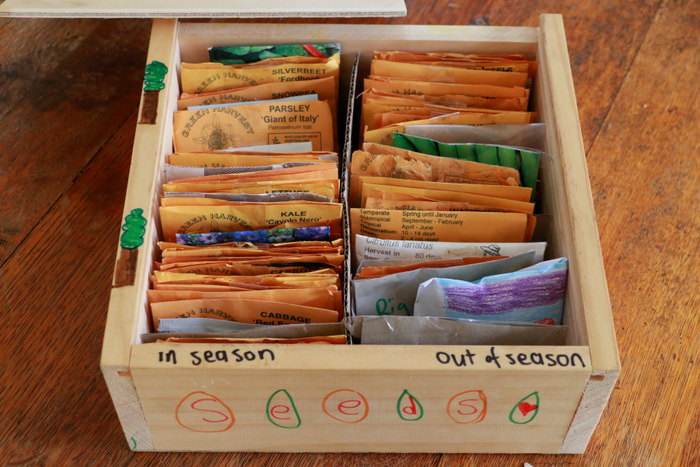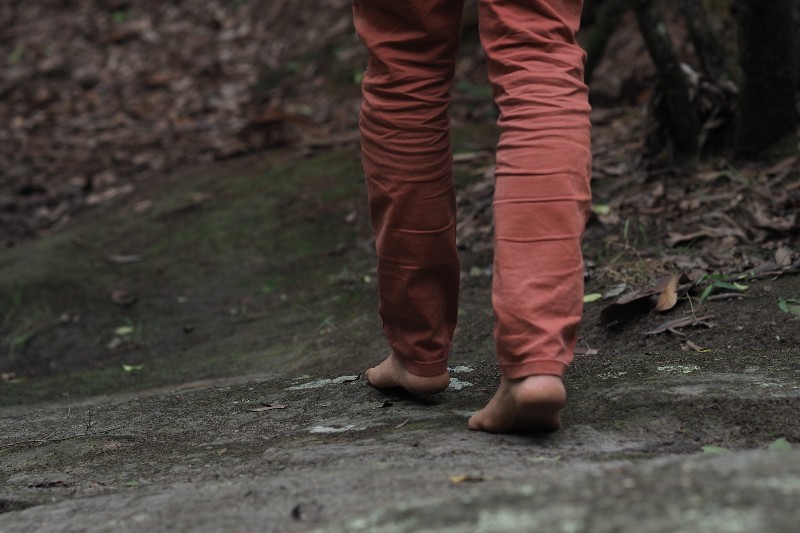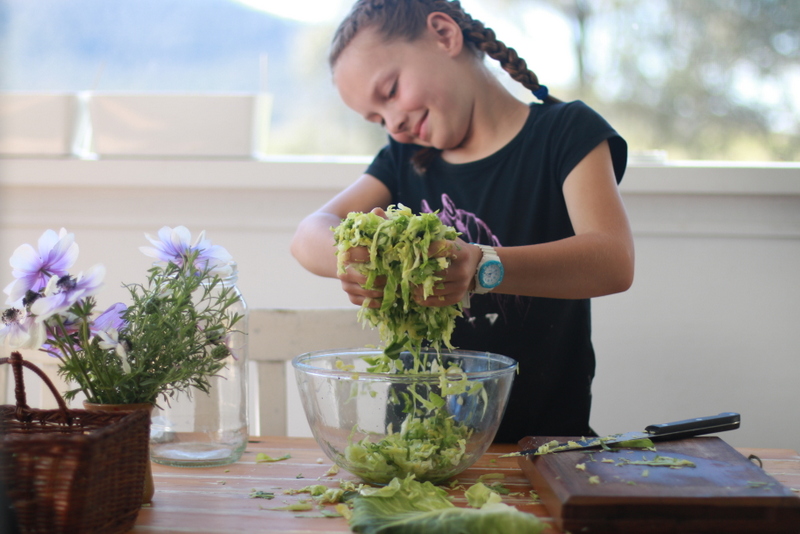Unfortunately, it looks like I have killed my stash of vegetable seeds by not storing them properly. In an effort to take better care of my seeds, I have reminded myself of the main culprits for reducing seed viability: moisture, heat and changes in temperature. To store seeds properly we need to keep them dry, cool and avoid temperature fluctuations.
Seeds are perfect packages – tiny embryonic plants enclosed in protective coats. I like to think of them as baby plants packaged up by mum with everything needed for the journey to their new home. They disperse to new locations and wait for the signal that it is time to grow up and germinate.
The aim of seed storage is to avoid germination cues and to slow the metabolism of seeds as much as possible so they live for longer.
For most vegetables, seeds should survive for at least three to 10 years if dried and stored properly. Given my dismal germination rates lately, many of my seeds perished after only a year or two. I did everything wrong. I stored my seeds in a hot shed over summer and exposed them to extreme fluctuations in temperature (by moving my seed box in and out of the fridge as temperatures increased or refrigerator space became tight).
I have refreshed my knowledge of seed storage and am now storing my seeds properly.
1. Seeds should be stored somewhere cool, dark and dry
A refrigerator is perfect. It is cool, at a constant temperature and modern frost-free refrigerators are dry. But realistically, who has space in their refrigerator for a box of seeds? I naively thought I did, but then had to move them out every time I ran out of space. I now store my seeds in a wardrobe. A pantry or cellar are also good options.
2. Place seed packets in a moisture-proof sealed container.
Seeds will last fine for a year or two in paper envelopes sitting in a cardboard box, but to maximise their longevity it’s best to keep them in a moisture-proof sealed container. It is important to prevent moisture from getting in and rehydrating seeds. The simplest option is to place your seed packets in a zip lock bag. Other options include glass jars or plastic containers.
I really like my timber seed box. It is the perfect size and decorated by my daughter. Rather than ditch it for a plastic lunch box, I store my box in a sealed plastic bag.
3. Ensure your seeds are sufficiently dry.
If you are storing seeds you have saved yourself, you will need to ensure they are sufficiently dry. Commercially purchased seeds have been carefully dried to less than 10 per cent moisture content. Seeds that are not dry enough may not only perish, but may also introduce moisture to the rest of your seeds. If in doubt, store saved seeds in a separate container with a moisture-absorbing substance (such as rice, powdered milk or silica gel crystals) until you are certain they are dry.
4. Organise seeds so that you can find what you need and avoid duplication.
I once found four packets of rocket in my seed stash. I now organise my seeds into two groups – “in season” and “out of season” – and place seeds in alphabetical order (for example beans, beetroots, carrots and so on) within each group.
I hope that by following these tips, next summer I won’t unintentionally kill thousands of tiny embryonic plants.
Originally published in the Newcastle Herald Monday 18th May 2014.
My two favourite seed saving and storage resources:



